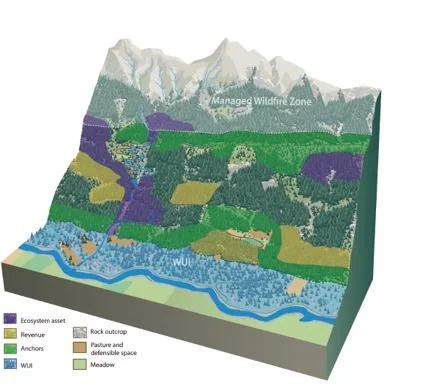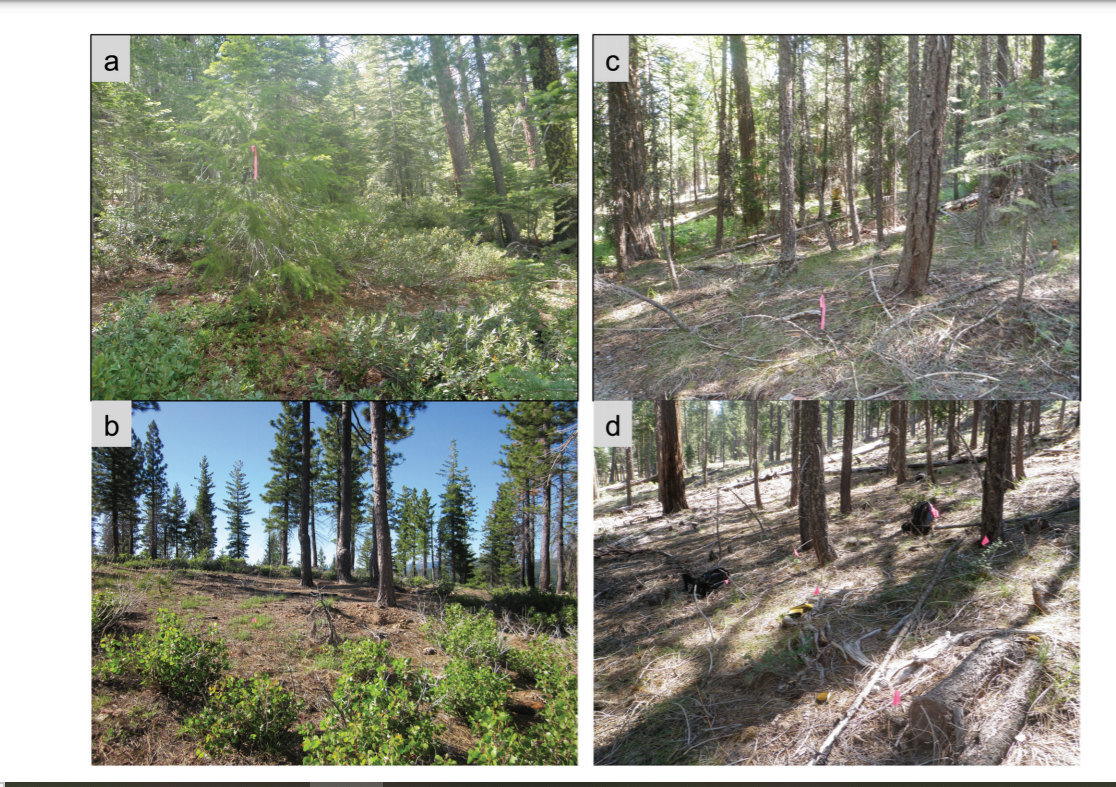Policy Reforms for Prescribed Fire Liability Relief and Catastrophe Funds: Research Brief
/This paper argues that the expansion of prescribed fire will require new public policies that both protect burn practitioners from liability and compensate for losses from potential fire escapes.
Read More























